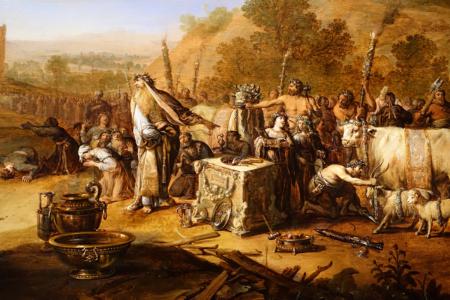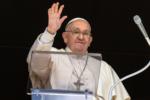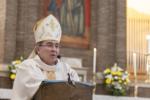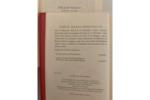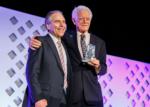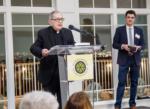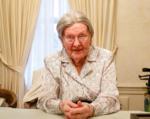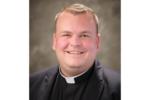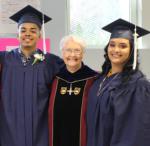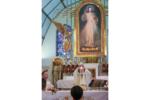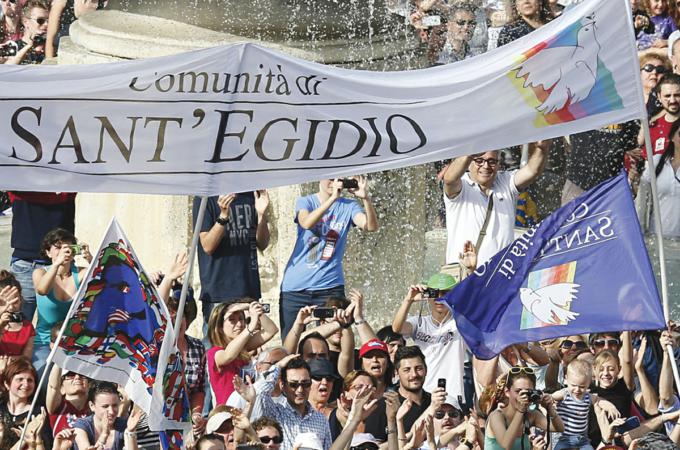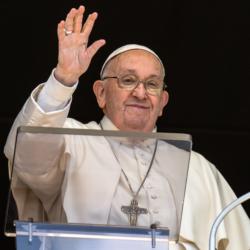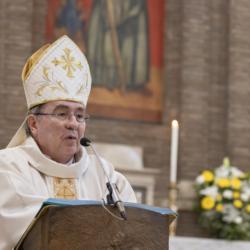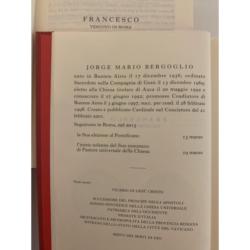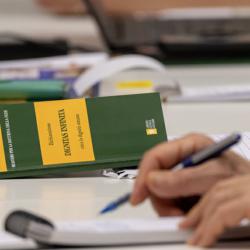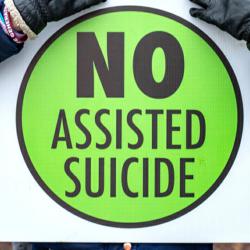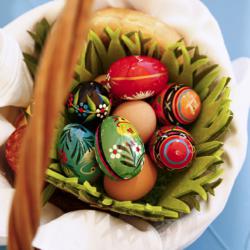Vatican insists new lay movements are nothing to be afraid of
VATICAN CITY (CAN/EWTN News) -- The Vatican's doctrinal watchdog has issued a new document affirming that while some might be hesitant in the face of new lay movements in the Church, they are a "great gift" in ecclesial life.
However, at the same time the document stressed that these movements must respect the authority of the Church's hierarchy, both local and universal.
Lay movements "are not to be considered optional in the life of the Church," but are rather "to be considered as gifts of indispensable importance for the life and mission of the Church," read the document, published June 14.
"In the essential work of the new evangelization, it is now more than ever necessary to recognize and value the numerous charisms capable of reawakening and nourishing the life of the faith of the People of God," it continued.
Quoting St. John Paul II, the document said these new movements provide "a providential answer" from the Holy Spirit to the need to communicate the Gospel in a persuasive way.
However, it also noted that a time of "ecclesial maturity" is needed for such groups to ensure their "full value and insertion" into the local Church and parish communities. This insertion, he said, must always remain "in communion with the pastors and attentive to their directions."
The letter, titled "Iuvenescit Ecclesia," or, "The Church Rejuvenates," is the first major document issued by the Congregation for the Doctrine of the Faith since Pope Francis' election in March 2013.
Addressed to the world's bishops, the letter was approved by Pope Francis March 14 and officially signed by Cardinal Gerhard Muller, prefect of the congregation, and Archbishop Luis Ladaria, the congregation's secretary, May 15.
The main aim of the document, according to the letter itself, is to promote a "fruitful and ordered participation of the new groups in the communion and the mission of the Church," with both her hierarchical and charismatic gifts in mind.
During the June 14 presentation of the document at the Holy See press office, Cardinal Muller said the document has been in the works for "several years," with the first studies beginning in 2000.
He said a challenge which every institution wanting to last through history must face is how "to stay young with the passage of time, that is, to renew itself, remaining itself without changing identity."
Given this, "it seemed necessary to offer pastors and the faithful a sure and encouraging consideration of the relationship between these gifts that have enlivened the life of the Church, especially with the growth of movements and new ecclesial communities in the recent past."
The 32-page document focuses on what it calls "recent realities" in the Church, which is described as "groups of the faithful, ecclesial movements and new communities."
The majority of these movements typically involve lay Catholics who gather together in groups that promote specific gifts and characteristics, called "charisms," within the Church, such as Communion and Liberation, Focolare, Regnum Christi and the Neocatecumenal Way. Some live in a way that is similar to religious orders, but don't take vows.
These groups are all part of a wave of new movements and communities which sprung up for the most part after the 1962-65 Second Vatican Council, and tend to place a strong emphasis on lay leadership and missionary zeal.
New movements, the document said, "cannot simply be understood as a voluntary association of persons desiring to pursue a particular social or religious goal," but instead are "powerfully dynamic realities" in the Church.
In fact, they are "capable of provoking a particular attraction to the Gospel and offering a proposal of the Christian life which, basically global in outlook, touches every aspect of human existence."
